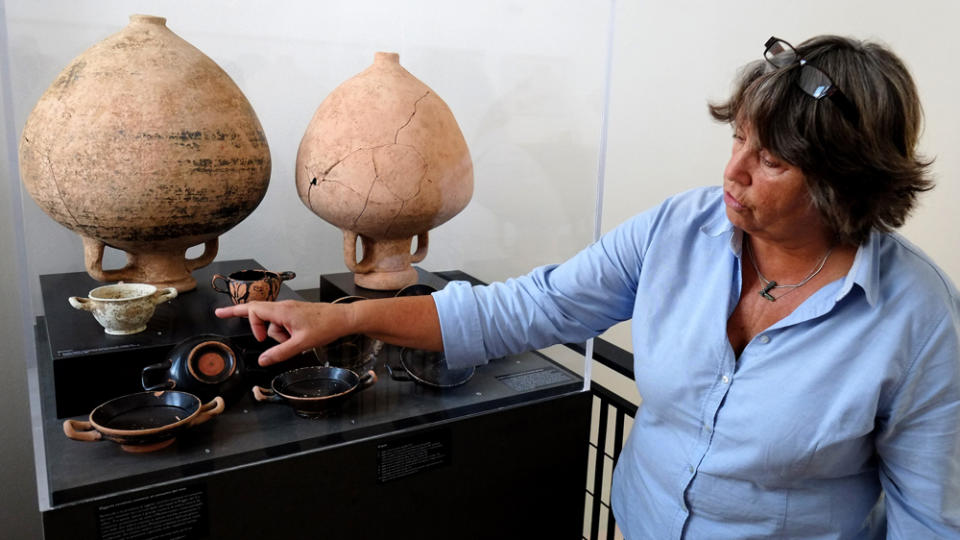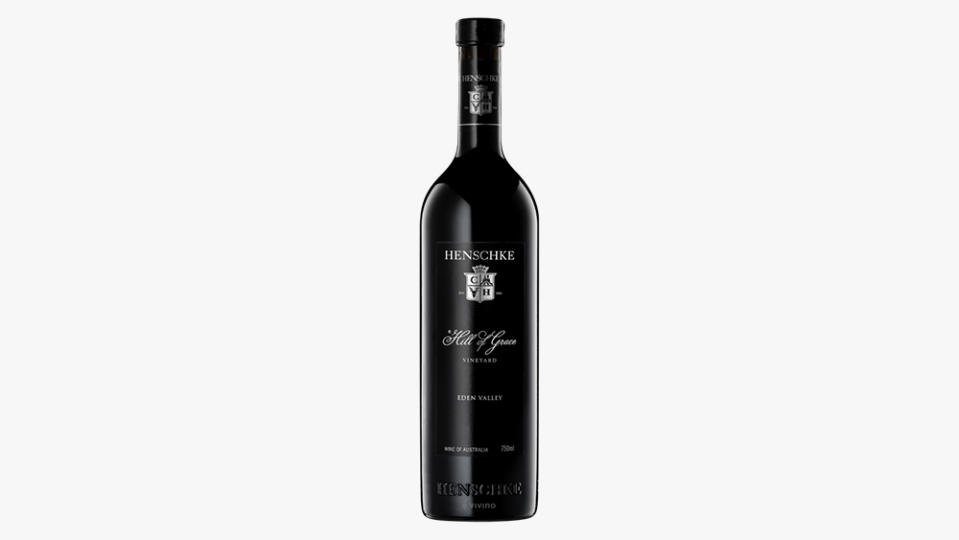Why It’s Time for Fine Wine to Ditch the Cork and Embrace Screw Caps

When we host wine tastings, we are often asked our thoughts on screw cap wines as opposed to the more traditional cork. Being New Yorkers, we respond with questions of our own, which are, “How many people here today are wearing clothes with zippers? Okay, and how many have buttons on their clothes? Who is wearing both buttons and zippers?” The point of our inquiry is that while types of closures on our garments is something we rarely think about, the way wine bottles are sealed is a hot topic and the subject of much debate.
Wine has been made for about 7,000 years, and it’s only been about 350 of those since bottles of uniform size have been secured with cork. The bark of a type of oak tree that is native to the Iberian Peninsula, cork was used as a topper for amphora during the Roman era, but at that time it was fashioned as a flat disc and sealed with wax or tree resin rather than forced into place mechanically. Prior to the industrial revolution, wine was shipped in amphora (ancient times) and then barrels (more recently) and was bottled by wine merchants rather than wineries. Containers of various sizes and shapes were used, which may have belonged to the final consumer rather than the seller. With all that in mind, inserting a small cork into a factory-produced bottle is not necessarily the “traditional” method that wine purists claim, nor is it inarguably the best.
More from Robb Report
Some of the World's Greatest Wineries Are Auctioning Rare Bottles and Experiences for a Good Cause
Penfolds Just Debuted a Limited-Edition Record Player With a Secret Drawer for Wine
There are a lot of good things about closing wine bottles with cork, including the air exchange that occurs over time and adds desirable secondary characteristics to the wine. But there are also a lot of bad things about cork bottle closures, such as cork taint and the undesirable characteristics that wine can develop through contact with air. Aluminum screw caps were first introduced in 1959 by a French company, and in the mid-1970s they were tested in Australia. The Australian Wine Research institute found that screw caps are much more consistent than cork, especially concerning air exchange. Wines closed with an aluminum cap show signs of age and oxidation at a consistent rate, while bottles under cork exhibit a wide range of variance due to differences in the texture and permeability of individual corks.

“Inconsistent closures are singly the biggest shortcoming of the modern wine world,” Australian wine expert and journalist Tyson Steltzer, co-author of the 2005 book Taming the Screw: A Manual for Winemaking with Screw Caps, told Robb Report. “When I wrote my book on screw caps I relied upon the trial wines of the 1970s to assess the propensity for red wines to age long-term under screw cap. Now I am regularly opening 20-year-old reds from my own cellar under screw cap. It’s a complete game-changer. Under cork, bottle variation exacerbates in time, even in a cellar at a perfectly stable 55 degrees and 75 percent humidity.”
Closure under screw cap has been a large-scale ongoing experiment in Australia and New Zealand since the early aughts; today 95 percent of all New Zealand wines, including high-end reds are under screw cap, and upwards of 70 percent of Australian wines use this method. For instance, Henschke Hill of Grace single-vineyard Barossa Syrah that sells for around $900 and is bottled under Vino-lok, a glass stopper sealed with single-use metal cap. And Australia’s Penfolds bottles all of its white wines, even the most expensive, under screw cap.
The Screwcap Wine Seal Initiative was established in New Zealand in 2001 to promote screw caps as an alternative method of sealing wine bottles. To say it has been staggeringly successful is an understatement. Although many people think of screw cap as acceptable for an easy drinking Sauvignon Blanc or rosé that is best consumed young, one of New Zealand’s best-known wineries, Villa Maria, jumped fully on board, becoming, in that same year, “the first major winery in the world to move to 100 percent screw caps,” according to Patrick Materman, director of winegrowing at Villa Maria. This includes premium reds such as Villa Maria Ngakirikiri from Gimblett Gravels in Hawkes Bay, a luscious blend of Cabernet Sauvignon, Merlot and Malbec that fetches $100 a bottle.
“At Villa Maria, screw caps have ensured consistency and quality of our wines,” Materman says. “This ability to keep wines fresher for longer makes screw caps eminently suited to all wine, and that primarily includes our ‘fine wine’ which may be cellared for longer periods. Having used screw caps since 2001, we have a strong library of wines to accurately gauge the evolution of wines under screw cap and are convinced of their performance over cork.”

It’s hard to find a luxury-level red wine capped with anything other than cork in the United States, but first steps are being made. One of the earliest to give it a go is Gordon Getty’s PlumpJack Collection of Wineries, which includes PlumpJack Estate Winery, Cade Estate Winery, Odette Estate Winery and 13th Vineyard by Cade; all of the group’s wines are bottled half under cork and half under screw cap. Its first vintage bottled under both closures was the PlumpJack 1997 Reserve Cabernet Sauvignon from Oakville. The metal-topped bottle debuted at the 2000 Napa Valley Wine Auction.
“During the ’90’s, the percentage of wines that were cork-tainted was much higher, and Gordon did not understand why that was acceptable,” John Conover, PlumpJack Collection of Wineries’ managing partner, told Robb Report. “We spent so much time growing it and making it, and just to have the wine spoiled by its closure wasn’t acceptable. So, we embarked on our grand experiment of bottling not our least expensive wine, but our most expensive wine, our most age-worthy wine, half under screw cap and half under cork. We partnered with UC Davis to do an independent third-party ongoing study on the ageability of the two closures.”
Through their trials they’ve found the effect on aging to be what’s expected and that the reduced airflow on the screwcaps keeps those wines fresher longer. “They hold on to the fresh fruit a few years after the cork-finished wine has started to evolve to show more dried fruits and oak spice,” PlumpJack Winery winemaker Aaron Miller told Robb Report. “That said, a winemaker can choose from several different grades of screwcaps that let in different levels of oxygen.”
We tasted some wines from Cade and PlumpJack side by side, and in the case of Cade Estate 2019 Cabernet Sauvignon from Napa Valley’s Howell Mountain, which you can buy for $120, the differences from screw cap to cork were barely perceptible but definitely present. The wines are young, so differences in evolution have not become evident, somewhat like identical twins raised in the same household who might wear different colored eyeglasses but have not yet formed separate friendships or gone away to college. Glasses of both wines exhibited similar aromas of black cherry, blackberry and violet, but while the screw cap version had dark chocolate on the nose, the one under cork had more of a milk chocolate scent and a quality we both described as “bigger.” On the palate, we found screw cap to be more precise and linear with stronger acidity and a touch of minerality-induced salinity. Meanwhile, the “cork” wine seemed more expansive and voluptuous in the mouth with just a hint of a savory note.

Another California winemaker who has embraced screw cap is Adam Lee, founder of Clarice Wine Company, where he produces three $95 Pinot Noirs from Santa Lucia Highlands: an appellation wine and two single vineyard expressions. Lee is a co-founder of Siduri Vineyards, now owned by Jackson Family Wines, where he first began bottling appellation Pinot Noirs using this type of closure, “. . .but held off on the vineyard designated wines for seven years total to make certain that screw caps not only worked in the short term but in the longer term as well. They did.” Moving forward with screw caps, Lee says, “I fully believe that they are the best closures, using the saranex liner, for longer-term aging of wines. That is because of the lack of TCA [the chemical compound responsible for cork taint] and the consistency of oxygen ingress. There has been great progress made with corks and TCA in recent years, in part due to the competition that screw caps have provided, but I still find that, over time and with varying cellar conditions, cork is variable and allows in different amounts of oxygen, while screw caps are much more consistent.”
As the use of screw cap increases, don’t expect to find Penfolds Grange in a bottle of this type any time soon. While there are no screw cap Penfolds reds imported into the United States that retail for over $20, Penfolds chief winemaker Peter Gago told Robb Report, “Penfolds has successfully and intermittently used screwcaps on our white wines for over half a century,” Penfolds chief winemaker Peter Gago told Robb Report, “We’re delighted with quality and longevity results.” He told us that Penfolds Yattarna V, a multi-vintage “deluxe & über-rare” Chardonnay that will come to the USA this year in very limited quantities with a price tag of $500 will also be sealed with screw cap.
Besides limiting oxidation and cork taint, there are several other advantages to screw cap wines. Although opening a bottle with a cork has a certain level of flair, especially tableside in a nice restaurant, screw caps are easy to open and just as easy to re-seal. Bottles can be stored upright rather than on their sides, and wine is more resistant to damage from fluctuating temperatures. And just because we’ve done something one way for years doesn’t mean we have to continue. Progress in the United States and Europe will be slow on the fine red wine front, but already about 30 percent of all the wine produced worldwide comes in a screw cap bottle. Expect to see more in shops and restaurants as time goes on. We suggest you move past your first instinct and don’t pass up fine wine sealed with a screw cap.
Best of Robb Report
Why a Heritage Turkey Is the Best Thanksgiving Bird—and How to Get One
The 10 Best Wines to Pair With Steak, From Cabernet to Malbec
Sign up for Robb Report's Newsletter. For the latest news, follow us on Facebook, Twitter, and Instagram.

